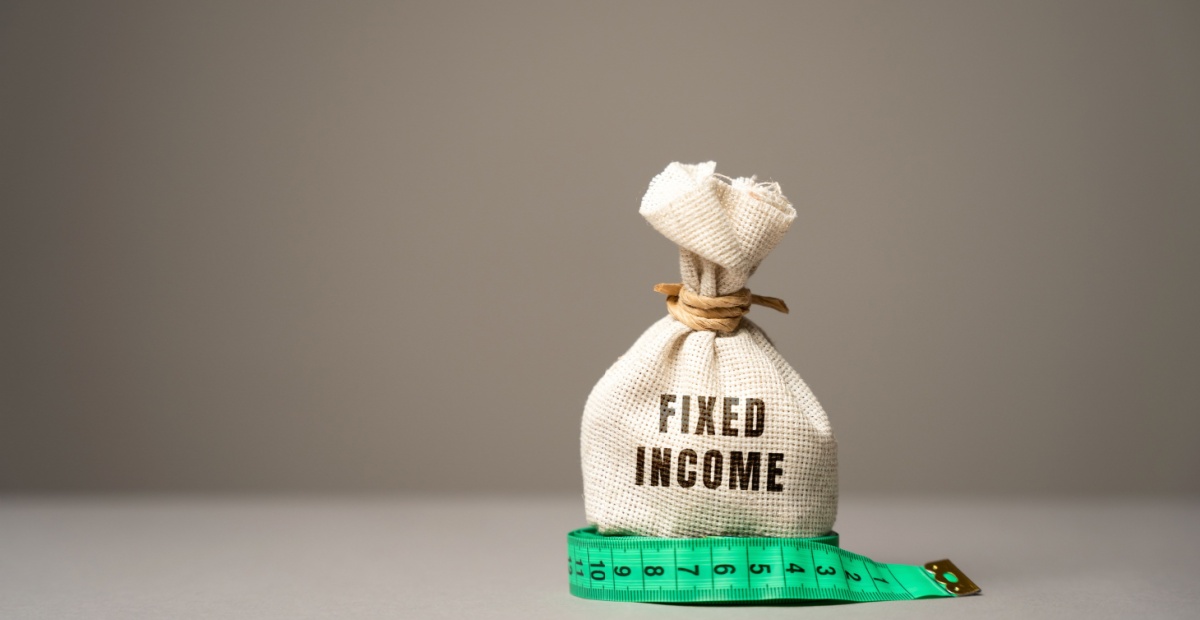“Have your cake and eat it too” with fixed income: Perpetual

There is no time like the present for investors to earn “equity-like returns with the stability of fixed income” according to Perpetual, as traditional equities or growth assets continue to increase in cost.
Analysis of 10-year Australian Commonwealth Government Bond (ACGB) yields revealed that the last time they were consistent with the ASX200 dividend yield was in October 2013. This trend repeated 10 years later in September 2023 when 10-year ACGB yields actually exceeded those of the ASX200.
This has continued to occur as recently as April 2024, with the figures from Bloomberg indicating the 10-year ACGB is delivering around 4.5 per cent yield compared to the ASX200’s Dividend Yield sitting at under four per cent.
“Given what many consider an expensive equities market relative to historical valuations, the opportunities we’re seeing in fixed income should make investors think about their asset allocation because, on a relative basis, it is looking cheap,” Perpetual’s Head of Fixed Income, Vivek Prabhu, said.
“In an over-the-counter market like fixed income, it’s important to have your finger on the pulse as it can give you early warning signs that managers who aren’t as active may not see.
“We are regularly facing the market and can see subtle changes in liquidity or pricing, which often provide an early warning sign as to when market conditions are changing, offering a signal of when to de-risk or add risk.”
For the first time since mid-2014, the yield on Perpetual’s Diversified Income Fund (DIF) exceeded that of the ASX200 in November 2022 and has continued to deliver strong results ever since. Currently, it offers a two per cent yield premium compared to equities.
Perpetual’s credit and fixed income also conduct consistent reviews of all portfolio aspects including individual issuers, industries and markets, to ensure their outlook and investment options remain fresh and up-to-date and continue to perform for investors.
Prabhu also warned investors against taking a passive approach when jumping from equities to fixed income.
“Passive might work in equities because the companies that are doing well (winners) typically have a bigger market cap, and the passive funds will build a higher weighting to the companies that are growing and getting a bigger index representation,” he said.
“But it’s actually the opposite in fixed income. Rather than being weighted towards winners, you’re lumbered with the losers. With fixed income, the index representation of a particular company or government is driven by how much debt they have on issue, and as companies or governments issue more debt – and become worse credit quality (losers) and often more financially leveraged as a result
– they actually become a bigger part of the index.”











This guy loves Industry Super Funds. A former aide & lover of Bill Shorten. And his book is basically a…
As an employee who has lost super due to 2 small businesses, and as an adviser who has seen many…
Former adviser to Bill Shorten, when he was the Minister for Financial Services, He'll put us to the sword!
here we go, new member, new advice, new wooden steering we have to carve in order for him to "Steer…
Haven't they had a couple of years to prepare already?